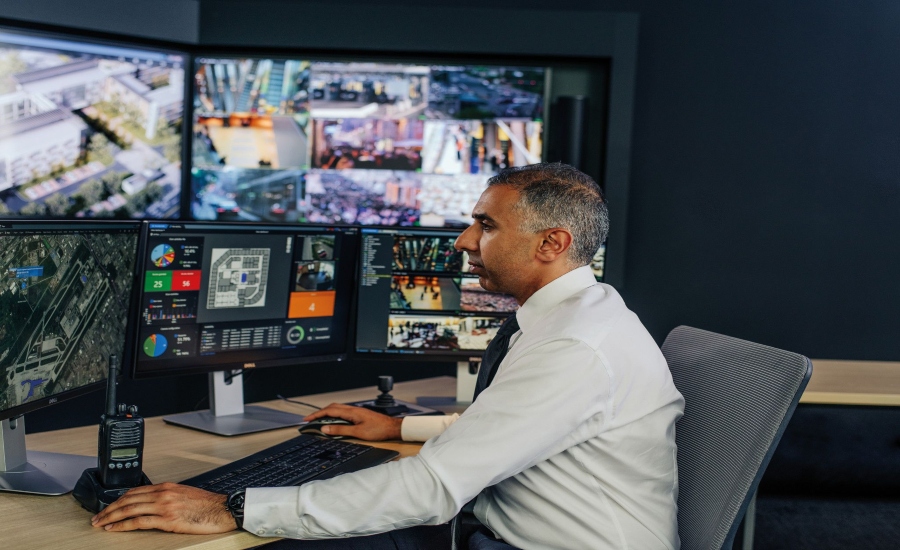The requirements being placed on colleges and universities for the 2020-2021 academic year are unprecedented. In addition to providing education, housing, and recreational activities, they’re now also being tasked with mitigating the spread of COVID-19. To make their situation more complex, they are also facing budgetary challenges. Many higher education institutions have seen a decline in on-campus residency, dining, and parking along with deferred enrollment which has resulted in reduced revenue. At the same time, they have had to decrease class sizes, transform non-academic spaces into classrooms, and improve ventilation systems. All of which come with mounting expenses. It’s not surprising that many are hesitant to address these requirements by investing in entirely new technology that will have no use once a treatment or a vaccine for COVID-19 is found. Rather than invest in unproven solutions, colleges and universities are looking to existing technology to address their evolving needs. They are finding that the ability to adapt what they already have is a tremendous benefit.
Source:: SecurityMagazine

